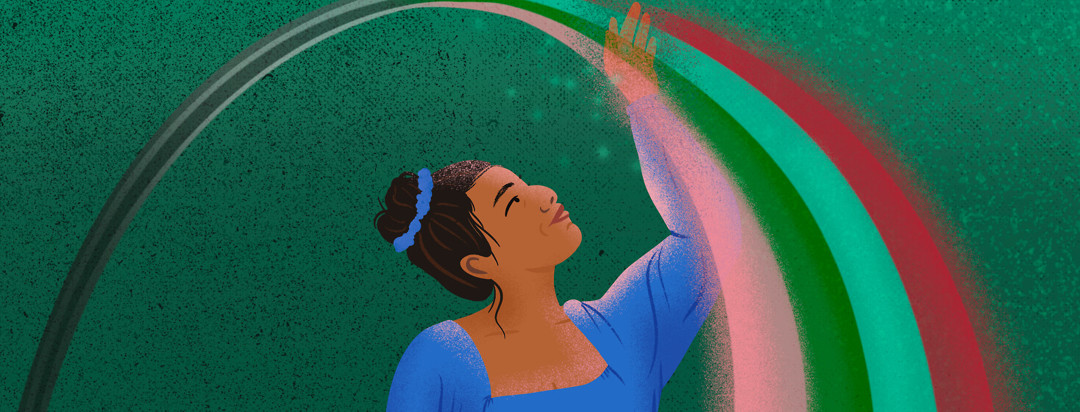Migraine Treatment Advancements: We've Come Farther Than You Think!
Human nature all too often seems to be slanted towards seeing what is missing and the negative. We see what still needs to be done. We take note of what is lacking. We see the glass as half empty rather than half full. For some people, that is their general outlook on life. However, for those who live with migraine, it’s a little bit more complex than that.
We are all too painfully aware of the undeniable lack of funding dedicated to research for this disease. We have to live with the reality of a stunning shortage of certified headache specialists. Stigma frequently raises its ugly head from those who do not understand. Stigma creates challenges in education, healthcare, employment, family, and society as a whole. However, sometimes it can be helpful to STOP – to look back, and to see just how far we have come. It’s actually quite amazing!
What treatments were available when I was a kid?
I’ve lived with migraine for most of my life – in fact, my earliest childhood memories are of debilitating attacks. At that time, there simply were no preventive options at all. In fact, there were no abortive options either other than what could be obtained over-the-counter. Adults, teens, and even young children frequently had no choice other than to resort to stronger and stronger pain medications.
How did I manage my migraine?
At best, old wives' tales remedies rarely brought sufficient, if any, relief. At worst, they could make an attack more severe or even be a trigger that needed to be avoided. By the time I got to college, I was already all too well aware that my plans would unpredictably and frequently need to come to a sudden halt. There simply was nothing that could be done except to numb the pain, pray for sleep, and desperately hope that upon awakening life would be able to resume!
What changed in my adulthood?
I still remember going to see my first genuine headache specialist. I can picture in my mind the building in the center of London and the long winding stairs I had to climb to get to the office. The emotional impact was beyond huge. Finally, here was a doctor who would understand. Perhaps there was hope after all! Little did I know that this was going to be a life-long marathon rather than a sprint. Ahead were decades of working through endless variations, doses, and cocktails of preventive medications designed to treat diseases OTHER than migraine. It would be years before the first abortive options appeared on the market. It would be 3 decades before the first preventives SPECIFICALLY designed for migraine would be FDA approved.
What advancements have been made?
However, those options did eventually come, and the good news is that there is so much more on the way. As research has increased, the clinical pipeline has become packed. There are potential treatments at every stage from pre-clinical all the way through to final phase 3 clinical trials. New classes of medications and new ways to administer old medications are being considered. There is an increasing number of specially trained doctors who better understand how to help those of us who live with migraine. More so, there is an increased awareness of the seriousness of migraine and a strong community of patients that supports and encourages those who are struggling. All in all, the advances are amazing!
Does looking back give me perspective?
For a disease that devastatingly takes away hope, looking back can help restore that. Looking back can help us realize that all is not lost and that now is NOT the time to give up. The understanding of this complex neurological disease has changed and evolved so much over the past few decades, and it continues to evolve.
What's ahead?
While it is true that there is a LONG way to go, it is also true that we have come an exceptionally long way already. The funding shortage is serious and inexcusable. However, the incredible researchers and doctors dedicated to making a difference are powerful testimonies to the fact that change is happening and will continue. Despite the majority of us still not having adequate tools to manage migraine, the reality is that there are countless more options than there were 40 years ago, 20 years ago, or even 3 years ago. Looking ahead, the future looks even brighter. There finally is real change happening, and a powerful reason to hold onto hope!
If you live with migraine disease, do you find yourself losing hope? What helps you hold on and not give up? What are the tools in your migraine “toolbox” that give you the strength to face tomorrow?

Join the conversation